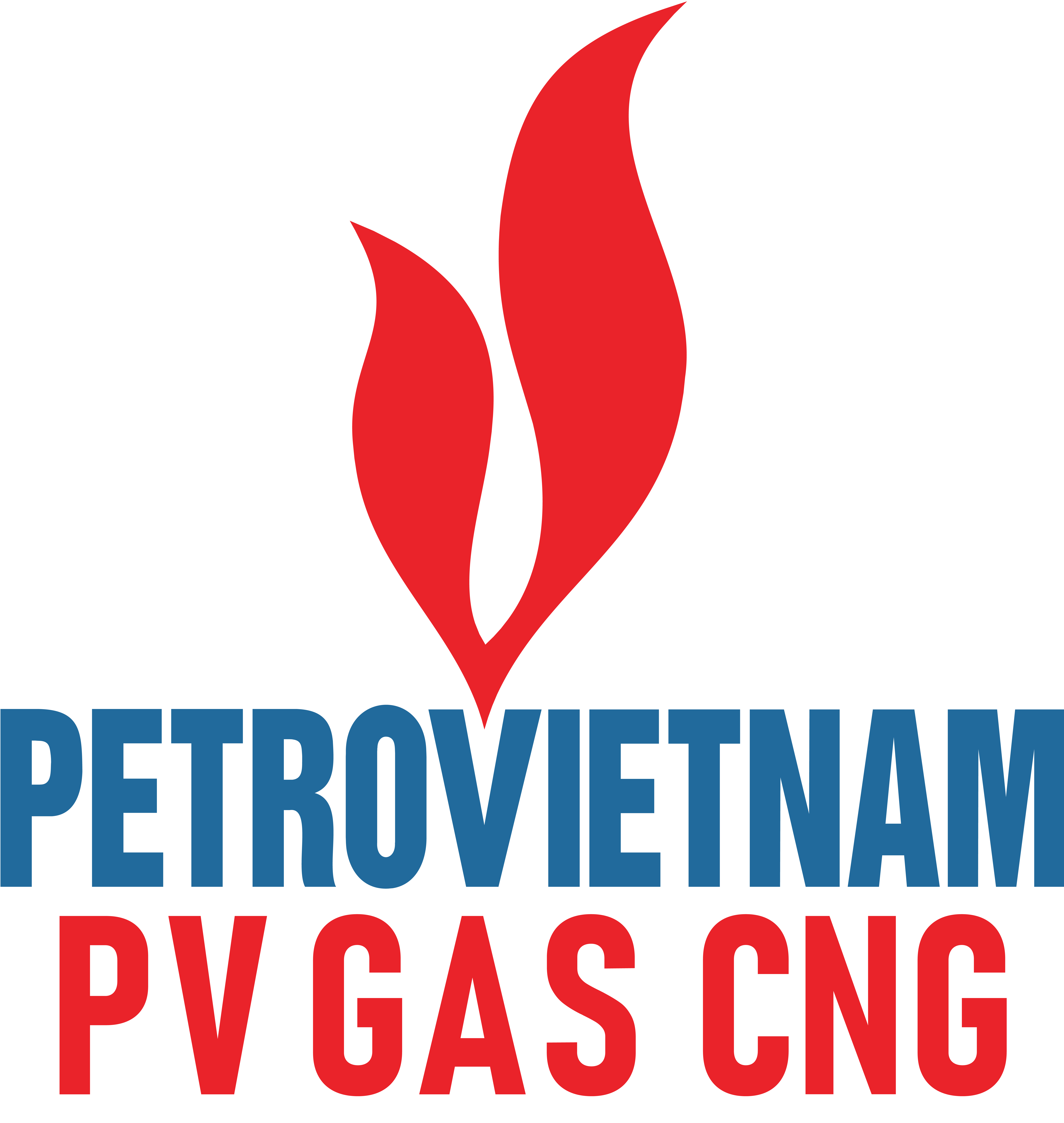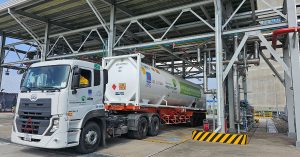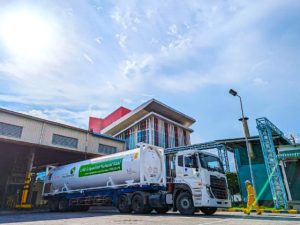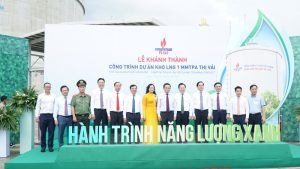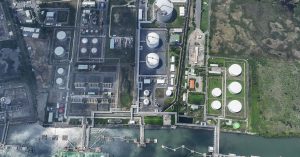Under the impact of climate change, the world has been experiencing an energy transition, which promotes the use of clean energy (natural gas), renewable energy. At the COP26 Conference at the end of 2021, the commitments of the governments including Vietnam, created many driving forces to promote a strong and sustainable energy transition.
The global energy transition will help mitigate the impacts of climate change, create a world of more sustainable development, more equitable for all, and will provide more opportunities for future generations with cleaner air, water, improved human health and environmental conditions.
Prime Minister Pham Minh Chinh spoke at the COP26 Conference
COP26 Conference – An important milestone in the trend of Global Energy Shift:
The 26th Conference of the Parties to the United Nations Framework Convention on Climate Change (COP26) – a leading important climate event, was taking place in Glasgow (United Kingdom) since October 31, 2021 to November 13, 2021 with nearly 200 participating countries, including Vietnam. Participating countries agreed to the Glasgow Climate Agreement to achieve the goal of limiting warming to 1.5 degrees Celsius, and finalizing the un-agreed parts of the Paris Agreement.
In addition to agreeing with the Glasgow Agreement, the countries and organizations participating in COP26 also had many important and meaningful commitments in reducing emissions and controlling heat gain. Some typical commitments were as follows:
- More than 100 countries pledged to end deforestation by 2030.
- 40 countries committed to phase out coal power (equivalent to 37% of the world’s total electricity in 2019).
- The US & China were committed to cooperating to build a long-term strategy to transition to clean energy, renewable energy & reduce carbon emissions.
- 450 financial institutions were committed to using investment capital to support clean technology: clean energy, renewable energy, eliminating funding for industries using coal and fossil fuels.
Comparison table of fuel emissions (kg/mmBTU)
World energy transition roadmap:
According to the report “Fostering Effective Energy Transition” in April 2021 of the World Economic Forum, the energy transition process can be divided into 3 main stages as follows:
Phase 1 – Clean up existing infrastructure.
Phase 2 – Accelerating the energy transition.
Phase 3 – Expanding the range of energy transfer.
Phase 1 has the goal of cleaning up the existing energy infrastructure, with a focus on reducing emissions and maximizing the efficiency of existing energy infrastructure and existing energy supply chains. During this period, liquefied natural gas (LNG) is used as the transition fuel.
Phase 2 is the acceleration of energy transition, with a focus on switching to clean energy sources, and replacing consumption methods in a cleaner direction, such as electrification of transportation vehicles as well as energy consuming processes for heating, air conditioning, and cooking.
Phase 3 is the phase of expanding the scope of energy transition, in which the solutions in phase 2 are replicated, besides clean energy products, such as green hydrogen, ammonia, and synthetic fuels are commercialized and widely integrated into the energy system.
Impact of the global energy shift on Vietnam:
With a deep awareness of climate change and energy transition, in Resolution 55-NQ/TW dated February 11, 2020 of the Politburo on strategic orientations for national energy development to 2030, vision to 2045, Vietnam has also set goals to be achieved in the energy industry, in which focusing on developing renewable energy, clean energy, improving energy efficiency and ensuring energy security.
In particular, Vietnam has shown its awareness and determination in dealing with the situation of fuel scarcity and climate change through the following statements and notable commitments in the COP26 Conference as follows:
- Firstly, make response to climate change and natural restoration must become the highest priority in all development decisions, the highest ethical standard of all levels, industries, businesses and people.
- Secondly, commit to achieving net-zero emissions by 2050, on the basis of the development and implementation of strong greenhouse gas emission reduction measures using Vietnam’s resources, along with the cooperation and support of the international community, especially developed countries, both in terms of finance and technology transfer.
- Thirdly, make commitment to gradually abandon coal power, stop building new coal power plants, switch from coal power to electricity generated from clean energy sources.
- Fourthly: Join the Glasgow declaration on forests and land use with the aim of preventing and reversing deforestation and land degradation by 2030. Commit to no logging from forests from 2030.
The role of CNG Vietnam and customers, partners in the energy transition:
In the context of strong energy transition in the world and in Vietnam, as a pioneer in providing full package of clean energy solutions (CNG / LNG), CNG Vietnam Joint Stock Company has contributed to natural gas fuel conversion, which is more environmentally friendly and ensures economic efficiency.
Compressed natural gas (CNG) tank truck
Natural gas is not only safer and “cleaner” than traditional fuels (CO2 emission is only 50% compared to coal), but also helps businesses save periodic maintenance costs, fuel costs. and environmental incident handling costs. During the past 15 years, CNG Vietnam and its customers, partners have reduced emissions of more than 1.3 million tons of CO2, contributing to the implementation of “greening fuel sources” towards the goal of sustainable development.
Compressed natural gas (CNG) and coming liquefied natural gas (LNG) products have been trusted to be used as input fuels by more than 100 leading enterprises in Vietnam such as Hoa Phat, Ton Dong A, Vinamilk, Viglacera, etc.
